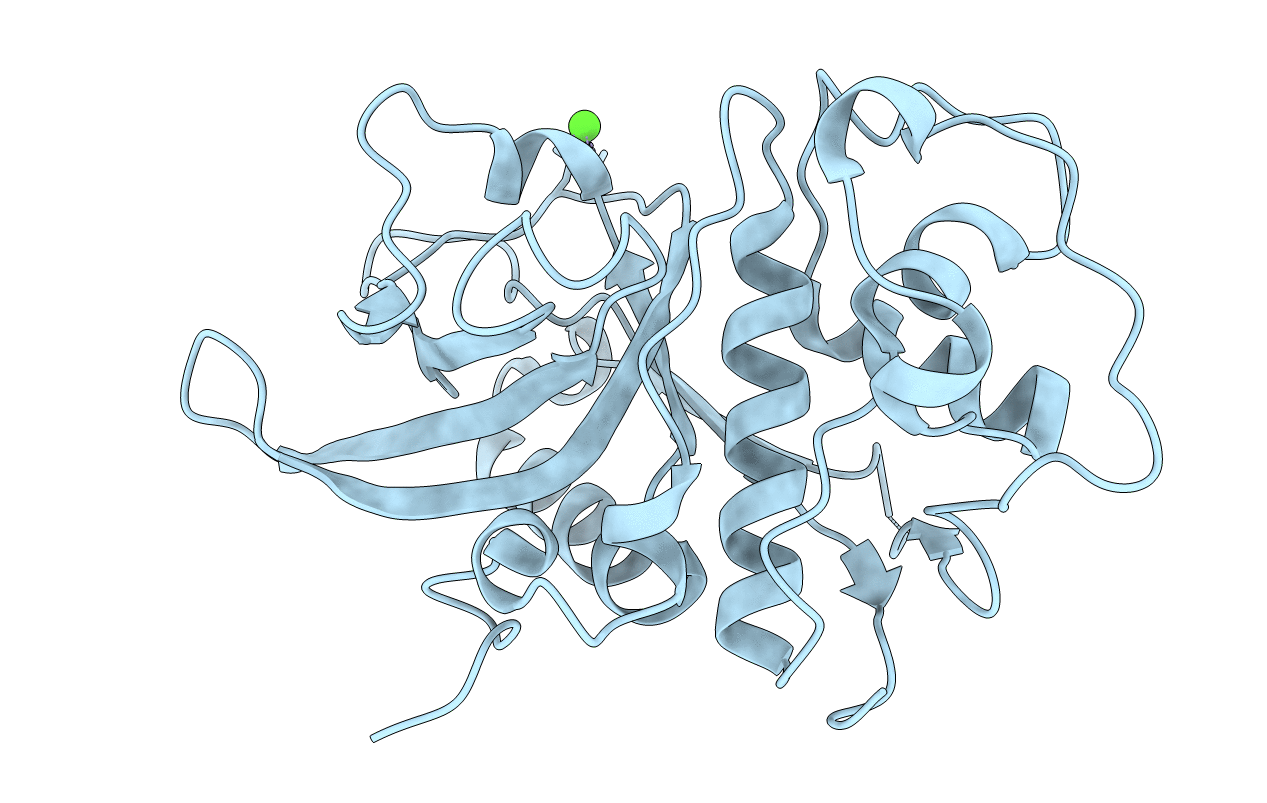
Deposition Date
2008-03-07
Release Date
2008-03-25
Last Version Date
2024-10-16
Entry Detail
PDB ID:
3CH2
Keywords:
Title:
Crystal Structure Analysis of SERA5E from plasmodium falciparum
Biological Source:
Source Organism:
Plasmodium falciparum (Taxon ID: 36329)
Host Organism:
Method Details:
Experimental Method:
Resolution:
1.80 Å
R-Value Free:
0.19
R-Value Work:
0.16
R-Value Observed:
0.16
Space Group:
H 3


